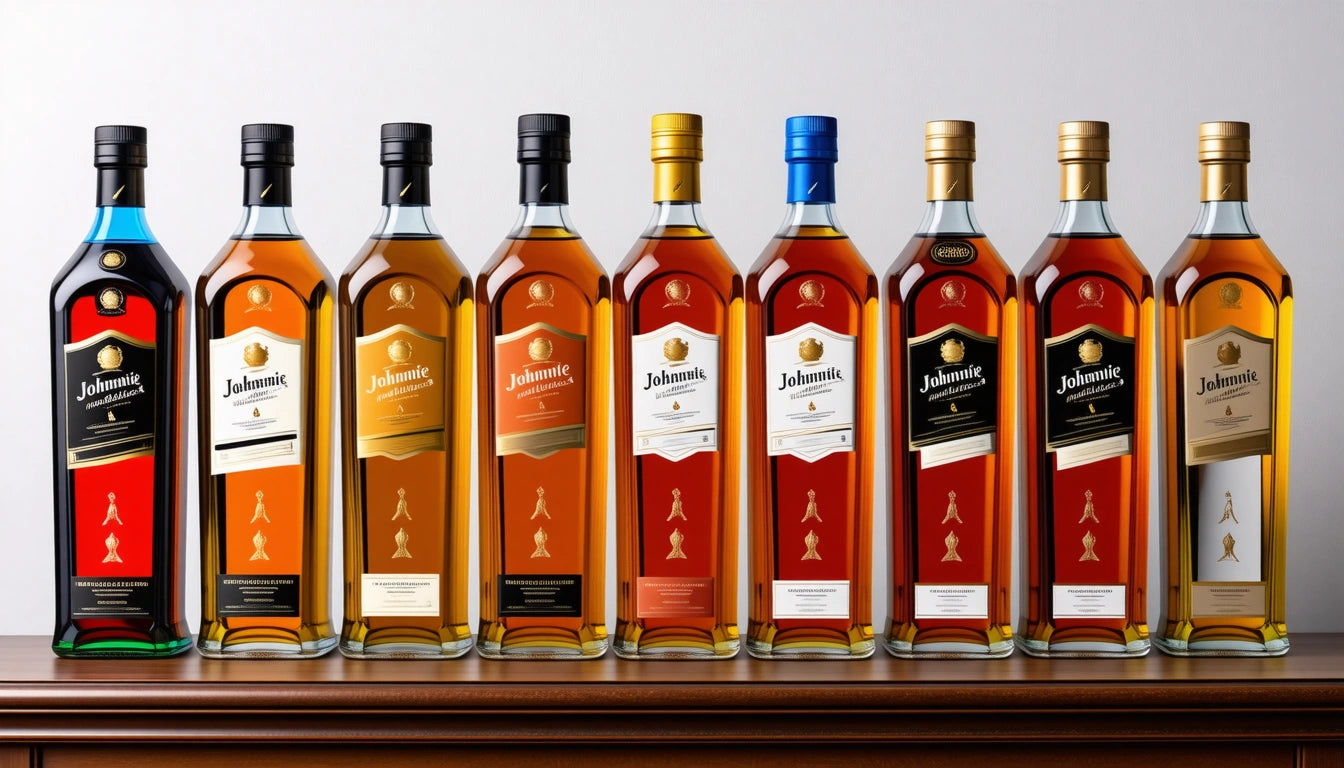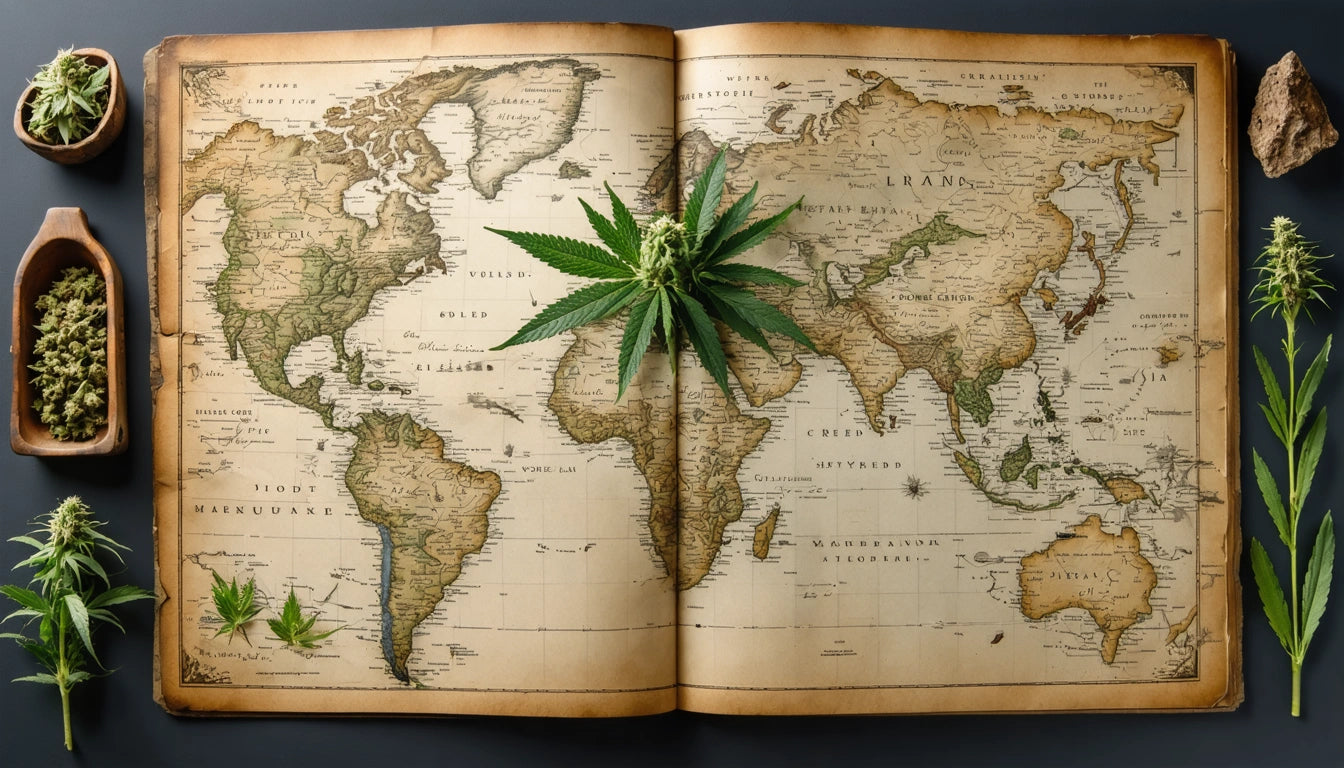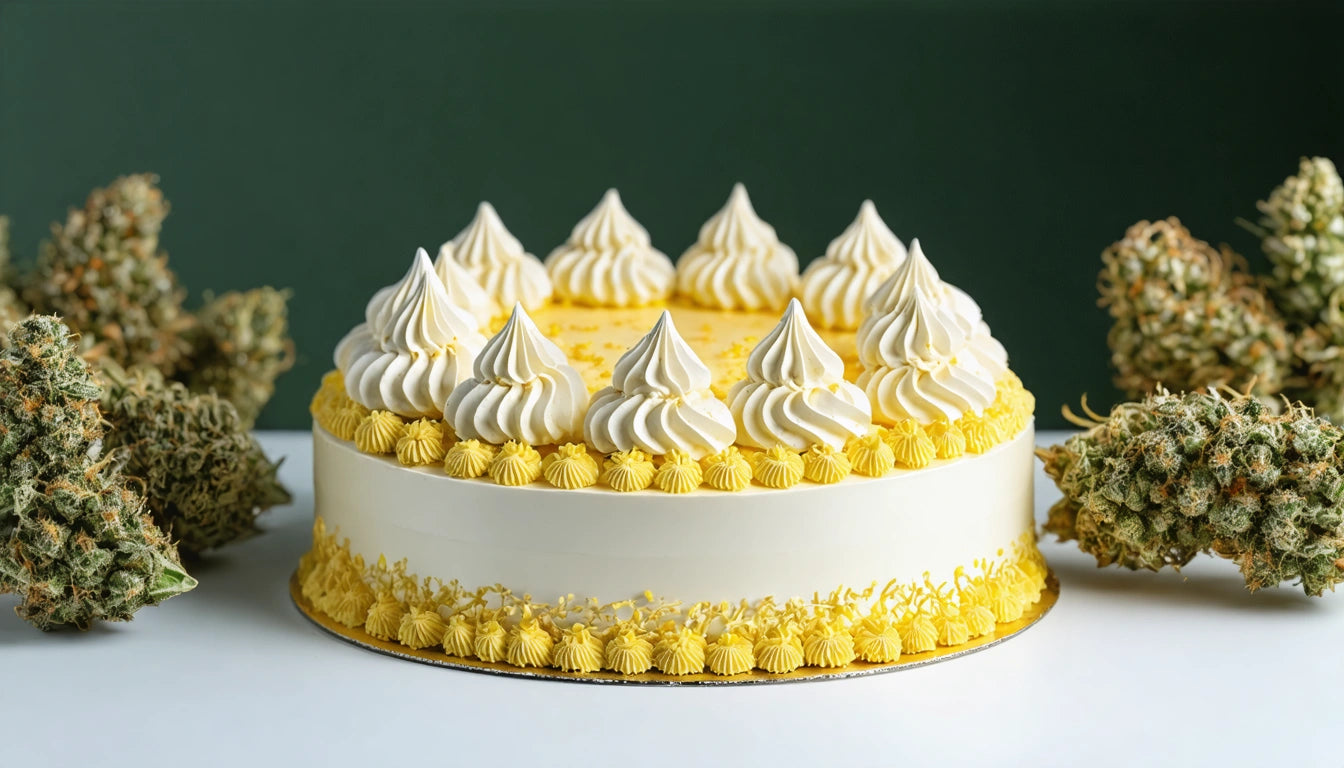Table of Contents
- What is Johnnie Walker Blue: The Crown Jewel of Scotch
- How Many Labels of Johnnie Walker Are There: The Complete Collection
- How Much is Johnnie Walker Blue Bottle: Price Analysis
- Johnnie Walker Blue Ghost and Rare Price: Limited Edition Excellence
- Rare Johnnie Walker Bottles: Collector's Guide
- Packaging Innovations and Safety Standards
- Investment Potential and Market Trends for Premium Spirits
Exploring the World of Johnnie Walker Blue: Varieties, Prices, and Rarity
Johnnie Walker Blue Label stands as the pinnacle of blended Scotch whisky, representing generations of Scottish craftsmanship and luxury. This premium spirit has captivated connoisseurs worldwide with its exceptional quality and limited availability. Understanding its place in the whisky world requires exploring its composition, varieties, pricing structure, and collectible status.
What is Johnnie Walker Blue: The Crown Jewel of Scotch
Johnnie Walker Blue Label is the most prestigious offering in the Johnnie Walker portfolio. Created from some of Scotland's rarest and most exceptional whiskies, it represents less than 1 in 10,000 casks from the company's reserves. The blend includes whiskies from distilleries that have long since closed, making each bottle increasingly precious.
What distinguishes Blue Label is its remarkable smoothness and complex flavor profile. Notes of honey, hazelnuts, sherry, and orange create a velvety texture with virtually no peat smoke compared to other Johnnie Walker expressions. Each bottle is individually numbered, emphasizing its limited production and premium status.
How Many Labels of Johnnie Walker Are There: The Complete Collection
Johnnie Walker's core range consists of several color-coded labels, each representing different flavor profiles and price points:
- Red Label: The original blend, created for mixing
- Black Label: A 12-year-old blend known for its smoky character
- Double Black: An intensified version of Black Label with amplified smoke
- Green Label: A 15-year-old blended malt (no grain whisky)
- Gold Label Reserve: A creamy, honeyed blend
- Platinum Label: An 18-year-old premium blend (discontinued in some markets)
- Blue Label: The pinnacle expression
Beyond these core offerings, Johnnie Walker regularly releases special editions, including:
- Blue Label Ghost and Rare series
- Aged limited releases (21, 25, 28 years)
- King George V
- The John Walker
- Limited regional releases
How Much is Johnnie Walker Blue Bottle: Price Analysis
The standard 750ml Johnnie Walker Blue bottle typically retails between $180-$230, depending on location, taxes, and retailer markup. Pricing can fluctuate based on several factors:
- Location and import duties
- Special packaging (gift boxes, crystal decanters)
- Limited edition releases
- Retail vs. duty-free pricing
Larger formats command premium prices, with 1L bottles often exceeding $300 and 1.75L bottles reaching $500+. Conversely, miniature 200ml bottles provide a more accessible entry point at approximately $60-80.
Johnnie Walker Blue Ghost and Rare Price: Limited Edition Excellence
The Ghost and Rare series represents Johnnie Walker's most exclusive offerings. These limited editions feature whiskies from "ghost" distilleries that have closed permanently, making their remaining stock increasingly scarce.
The Johnnie Walker Blue Ghost and Rare price typically ranges from $300-$400 per bottle, significantly higher than standard Blue Label. Each release in the series features a different ghost distillery as its centerpiece:
- Brora: The inaugural release (2017)
- Port Ellen: The second edition (2018)
- Glenury Royal: The third release (2019)
- Pittyvaich: The fourth edition (2021)
These bottles appreciate in value over time, with earlier releases now fetching $500-$800 on the secondary market. Their limited production and historical significance make them particularly attractive to collectors and investors.
Rare Johnnie Walker Bottles: Collector's Guide
Beyond Ghost and Rare, several Johnnie Walker releases have achieved legendary status among collectors. As detailed in this exploration of rare collectibles, limited editions often appreciate significantly in value.
Notable rare Johnnie Walker bottles include:
- The John Walker: Handcrafted crystal decanter (approximately $3,000)
- Diamond Jubilee: Created for Queen Elizabeth II's 60th anniversary ($125,000+)
- 75th Anniversary: Commemorating the end of Prohibition ($40,000+)
- King George V: Using whiskies from the royal warrant era ($400-600)
The most valuable bottle ever sold was a 1805 Old Highland Whisky replica that fetched $94,000 at auction in 2012. While not containing 1805 whisky, it represented the earliest known labeled bottle of Johnnie Walker.
Packaging Innovations and Safety Standards
Johnnie Walker's premium packaging extends beyond aesthetics to include safety considerations. The brand implements specialized protective measures similar to those used in regulated industries to ensure product integrity and consumer safety.
Premium spirits packaging often balances luxury presentation with practical concerns:
- Tamper-evident seals
- Authentication features
- Structural integrity for fragile contents
- Gift-ready presentation
For collectors, original packaging significantly impacts resale value. Complete presentation boxes for Blue Label and limited editions can add 15-20% to the secondary market price, making proper storage essential for investment purposes.
Investment Potential and Market Trends for Premium Spirits
Johnnie Walker Blue and its rare variants have demonstrated strong investment potential. Unlike other collectible spirits like unique botanical products, whisky's investment value derives from brand heritage and limited availability.
Market analysis shows limited edition Johnnie Walker releases typically appreciate 8-12% annually, outperforming many traditional investments. Factors driving this growth include:
- Growing global whisky enthusiasm, particularly in Asian markets
- Increasing scarcity as bottles are consumed
- Rising disposable income among luxury consumers
- Brand prestige and historical significance
For those considering whisky as an investment, Ghost and Rare editions offer particularly strong potential due to their inherently limited supply and the impossibility of producing more whisky from closed distilleries. Complete documentation, pristine condition, and proper storage are essential for maximizing returns in this specialized collector's market.











Leave a comment
All comments are moderated before being published.
This site is protected by hCaptcha and the hCaptcha Privacy Policy and Terms of Service apply.